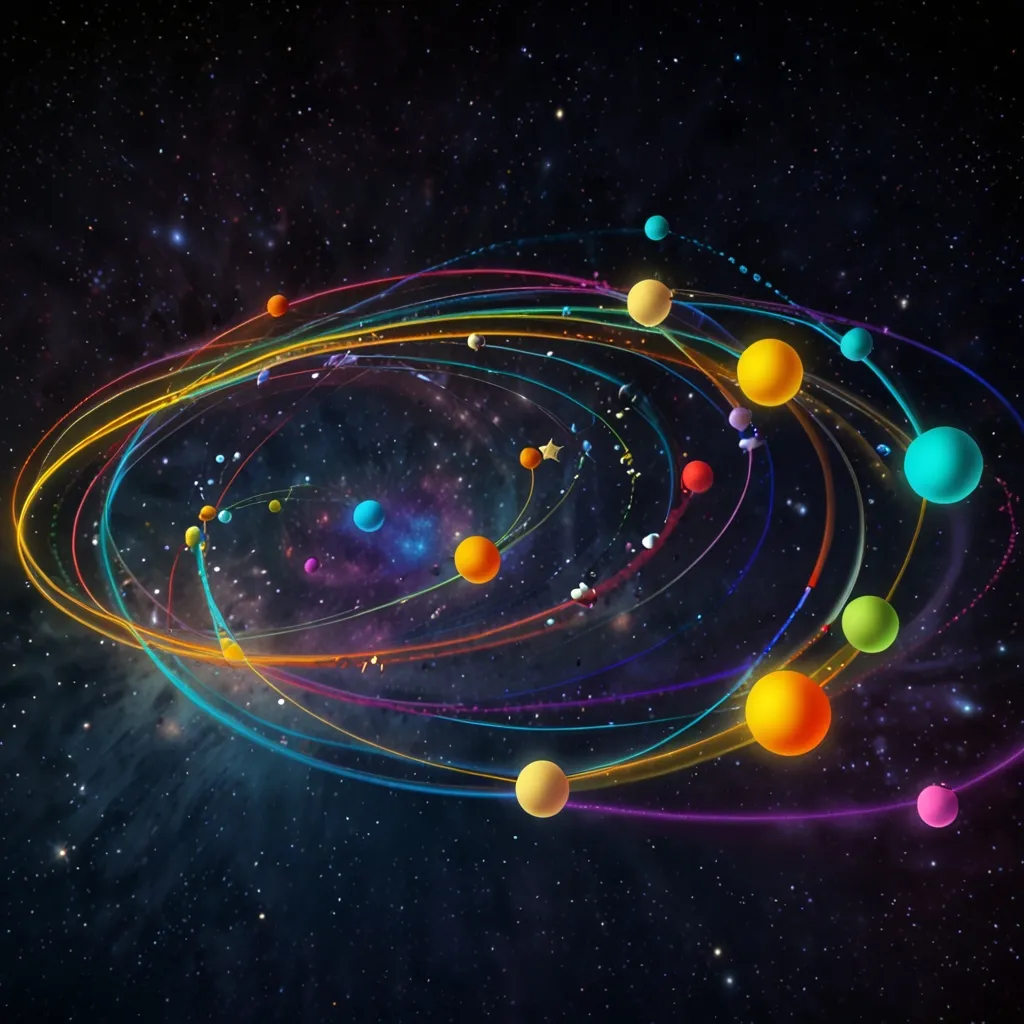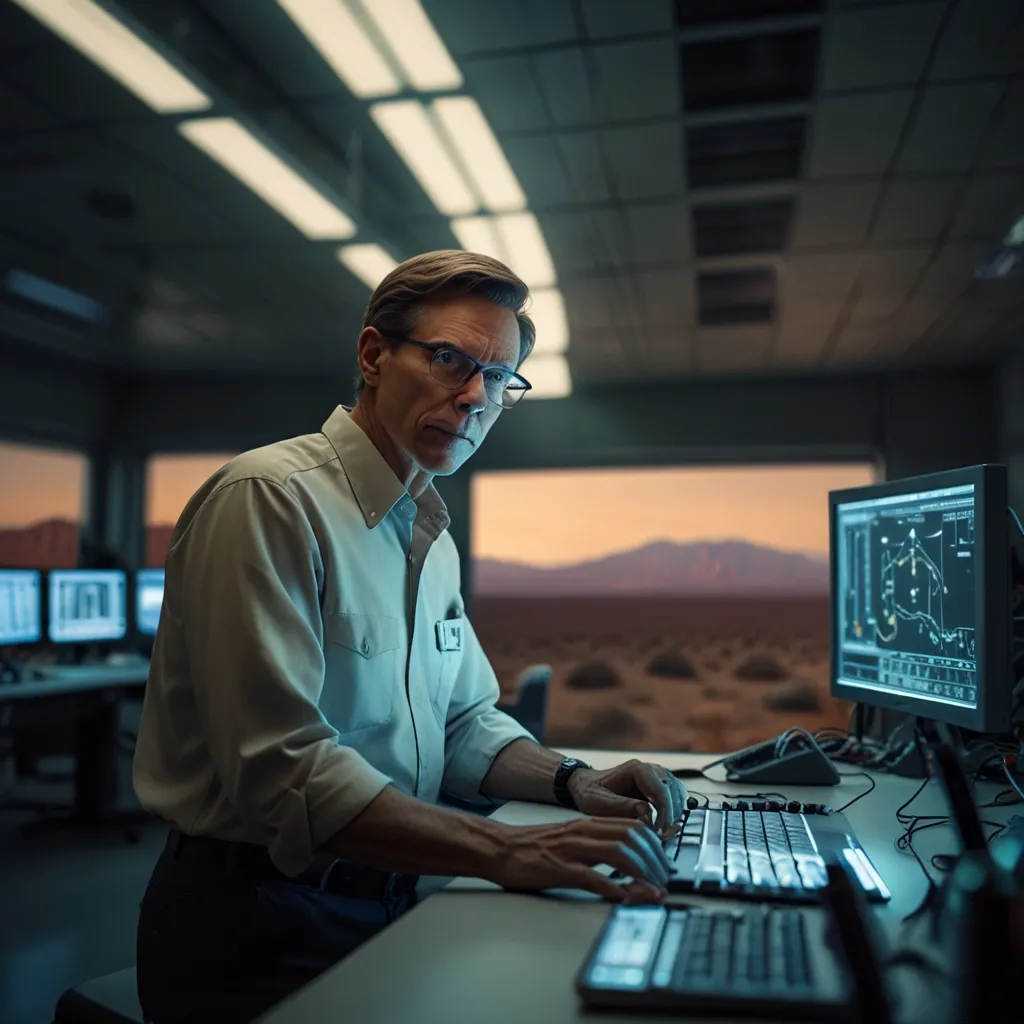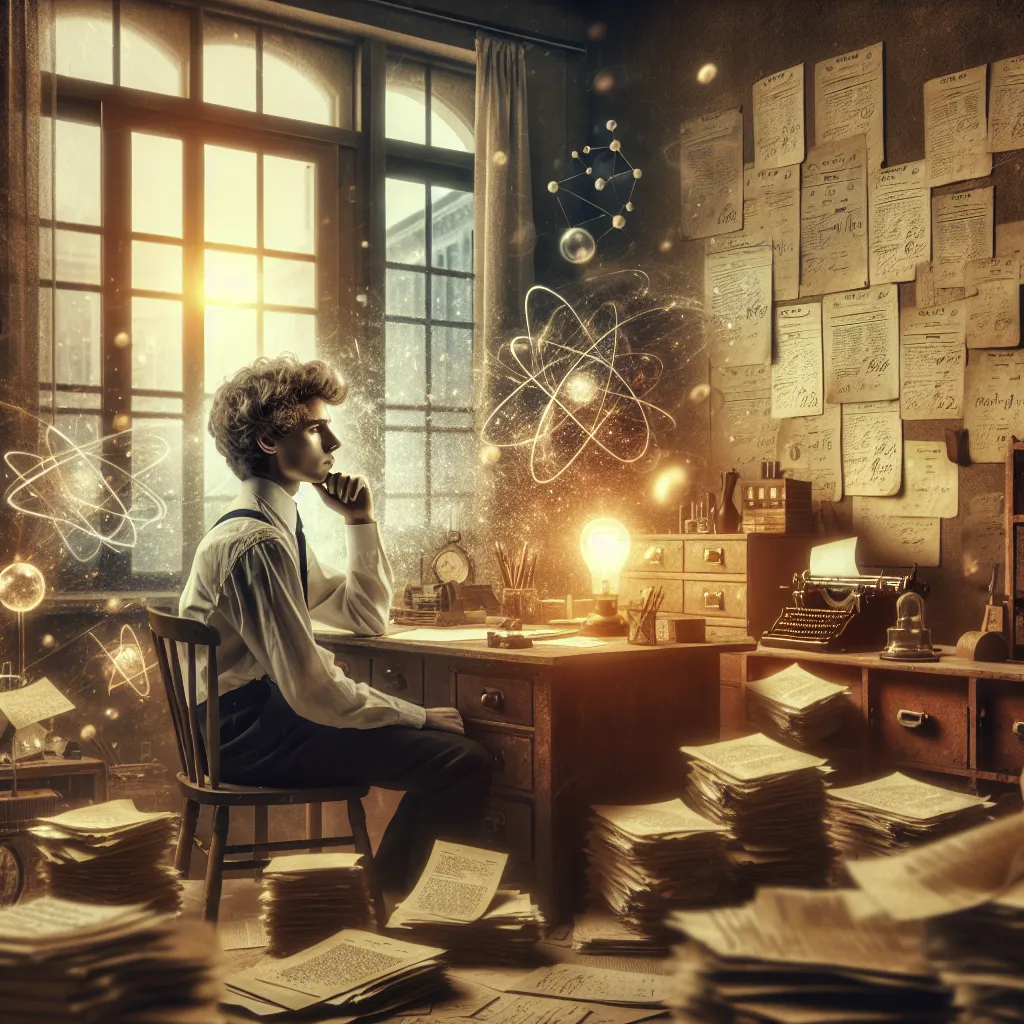Matter is the building block of everything you see in the universe, from stars to the Earth, and yes, even you and me. This matter is composed of fundamental particles governed by four forces, as understood through the Standard Model of particle physics. This model is an impressive framework that explains nearly everything, but it doesn’t cover some critical aspects, including a fundamental force essential to our existence—gravity.
The Standard Model includes twelve elementary particles called fermions, further divided into six quarks and six leptons. These are the building blocks of more complex particles. For example, a proton consists of two up quarks and one down quark, while a neutron is made of one up quark and two down quarks. Gauge bosons, another set of particles in the model, are the force carriers responsible for three of the four fundamental forces. Gluons facilitate the strong force that holds an atom’s nucleus together. W and Z bosons mediate the weak force, essential for radioactive decay, and photons mediate the electromagnetic force, responsible for light and magnetism. The Higgs boson, recently confirmed, gives mass to all fundamental particles it interacts with, except photons and gluons, leaving them massless.
But here’s the kicker: the model completely leaves out gravity. You’d think that in a universe where gravity plays such a pivotal role, its omission would be a glaring issue, and you’d be right. The general belief is that a new gauge particle called a graviton might complete the model, but even that theoretical particle wouldn’t fully explain gravity. Our best explanation for gravity still lies in Einstein’s General Theory of Relativity, which describes gravity through the curvature of space-time rather than particle interaction. This creates a significant hurdle, as gravity doesn’t fit neatly into the quantum framework used to describe the other forces.
Several theories like string theory and loop quantum gravity aim to provide a quantum explanation for gravity and predict the existence of the graviton. Yet, these theories falter because they don’t make verifiable predictions. They might just be interesting mathematical models without practical application. Additionally, gravity’s effect at the particle level is so minuscule that it’s essentially negligible, which allows the Standard Model to still function adequately despite its incomplete nature.
What we really need is a theory that unites quantum mechanics with relativity, a “theory of everything.” Maybe space-time isn’t smooth as currently described by general relativity but made up of quantum particles. If we find ourselves with a new-age Einstein who can explain quantum gravity, perhaps they could also solve the mysteries of dark matter and dark energy, both of which remain unexplained by the current model.
Finally, there’s another quirk in the Standard Model: it predicts a matter-antimatter symmetry that should have annihilated the universe into a soup of photons right after the Big Bang. Clearly, we exist, which means there’s some aspect of this theory that’s not aligned with reality. The universe should not exist as per this model, yet here we are. So, despite its brilliance, the Standard Model is fundamentally flawed and incomplete.
Science continues to be a journey of discovery, and perhaps the next groundbreaking idea is just around the corner. Who knows, the next great physicist might be inspired by these puzzles to solve the mysteries that have eluded us for so long.






